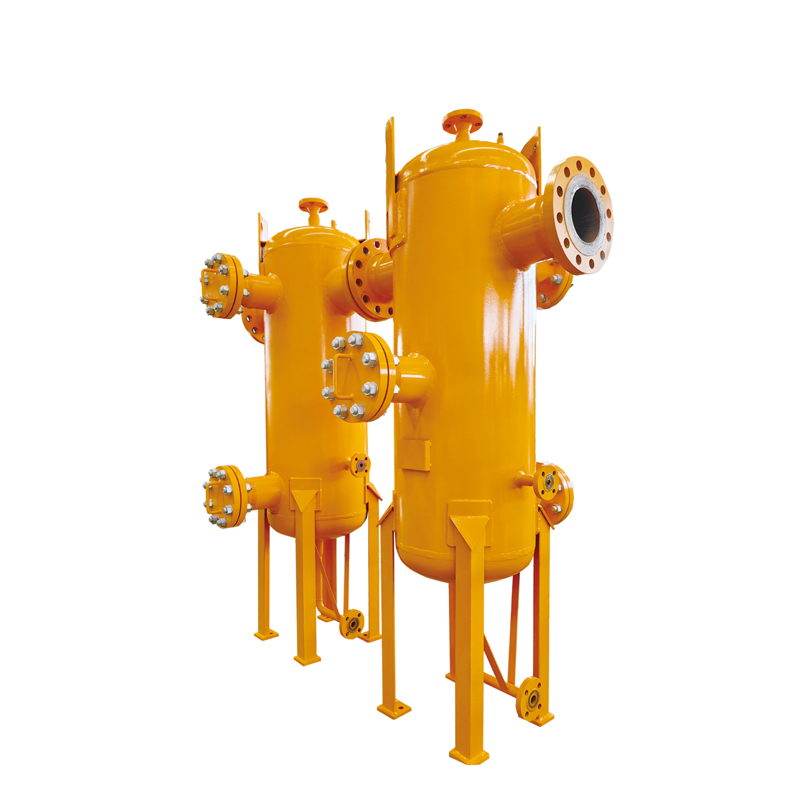
Dec . 13, 2024 19:24
Back to list
Gas Pressure Regulator for Efficient Flow Control and Safety Management
Understanding Gas Pressure Regulators A Comprehensive Overview
Gas pressure regulators play a crucial role in various applications, from residential heating systems to industrial processes. They are devices designed to control the pressure of gas flowing from a supply source to ensure that it meets the required specifications for safe and efficient use. In this article, we will explore the fundamental principles behind gas pressure regulators, their types, applications, and importance.
What is a Gas Pressure Regulator?
A gas pressure regulator is a mechanical device that reduces high inlet pressure coming from a gas supply line to a lower, usable outlet pressure. The regulation process is vital because many appliances and equipment designed to utilize gaseous fuels, such as natural gas or propane, require much lower pressure levels than those supplied.
How Does it Work?
The basic operation of a gas pressure regulator involves several key components the inlet and outlet ports, a diaphragm, and a spring mechanism. When high-pressure gas enters the regulator, it acts on the diaphragm, which is a flexible membrane. The movement of the diaphragm is countered by the spring, which is set to a specific tension.
As the gas enters, if the outlet pressure is below the desired setting, the diaphragm moves upward, allowing more gas to flow. Conversely, if the outlet pressure exceeds the set point, the diaphragm compresses the spring, restricting the flow and increasing the resistance. This dynamic balance ensures that the outlet pressure remains consistent.
Types of Gas Pressure Regulators
There are several types of gas pressure regulators, each tailored for specific applications
.
2. Two-Stage Regulators These regulators are designed for high-pressure applications and provide better stability and control. The first stage reduces the pressure to an intermediate level, while the second stage further reduces it to the desired output pressure.
مخفض ضغط الغاز

3. Low-Pressure Regulators Ideal for applications requiring reduced pressure levels, such as in atmospheric burners and gas appliances.
4. High-Pressure Regulators Used in applications needing high-flow rates or substantial pressure reductions, such as in industrial systems and gas transportation.
Applications of Gas Pressure Regulators
Gas pressure regulators are common in various fields, including
- Residential Heating They control the gas supply to furnaces, water heaters, and stoves, ensuring safe operation and energy efficiency. - Commercial Kitchens Ensuring that appliances receive a consistent gas supply for proper cooking and heating. - Industrial Applications Regulating gas flow in manufacturing processes, where precision and reliability are crucial for safety and efficiency. - Medical Gas Supply In hospitals and clinics, regulators ensure that medical gases are delivered at safe and consistent pressures.
Importance of Gas Pressure Regulators
The necessity of gas pressure regulators cannot be overstated. They ensure that gas appliances operate safely and effectively by preventing excessive pressure that could lead to leaks, explosions, or equipment failure. By maintaining a stable outlet pressure, regulators contribute to the efficient use of energy and reduce waste.
Moreover, regulatory standards set by governments and safety organizations mandate the use of gas pressure regulators in many installations to protect public health and safety.
Conclusion
In conclusion, gas pressure regulators are essential devices that play a significant role in various sectors by ensuring safe and efficient gas usage. Understanding their functioning, types, and applications can help users make informed decisions when choosing the right regulator for their needs. Whether for home heating or industrial processes, these devices contribute significantly to the safety, reliability, and efficiency of gas systems. Their importance in modern gas supply systems underscores the need for regular maintenance and adherence to safety standards, ensuring that they operate effectively and mitigate risks associated with gas pressure fluctuations.
Next:
Latest news
-
Safety Valve Spring-Loaded Design Overpressure ProtectionNewsJul.25,2025
-
Precision Voltage Regulator AC5 Accuracy Grade PerformanceNewsJul.25,2025
-
Natural Gas Pressure Regulating Skid Industrial Pipeline ApplicationsNewsJul.25,2025
-
Natural Gas Filter Stainless Steel Mesh Element DesignNewsJul.25,2025
-
Gas Pressure Regulator Valve Direct-Acting Spring-Loaded DesignNewsJul.25,2025
-
Decompression Equipment Multi-Stage Heat Exchange System DesignNewsJul.25,2025

